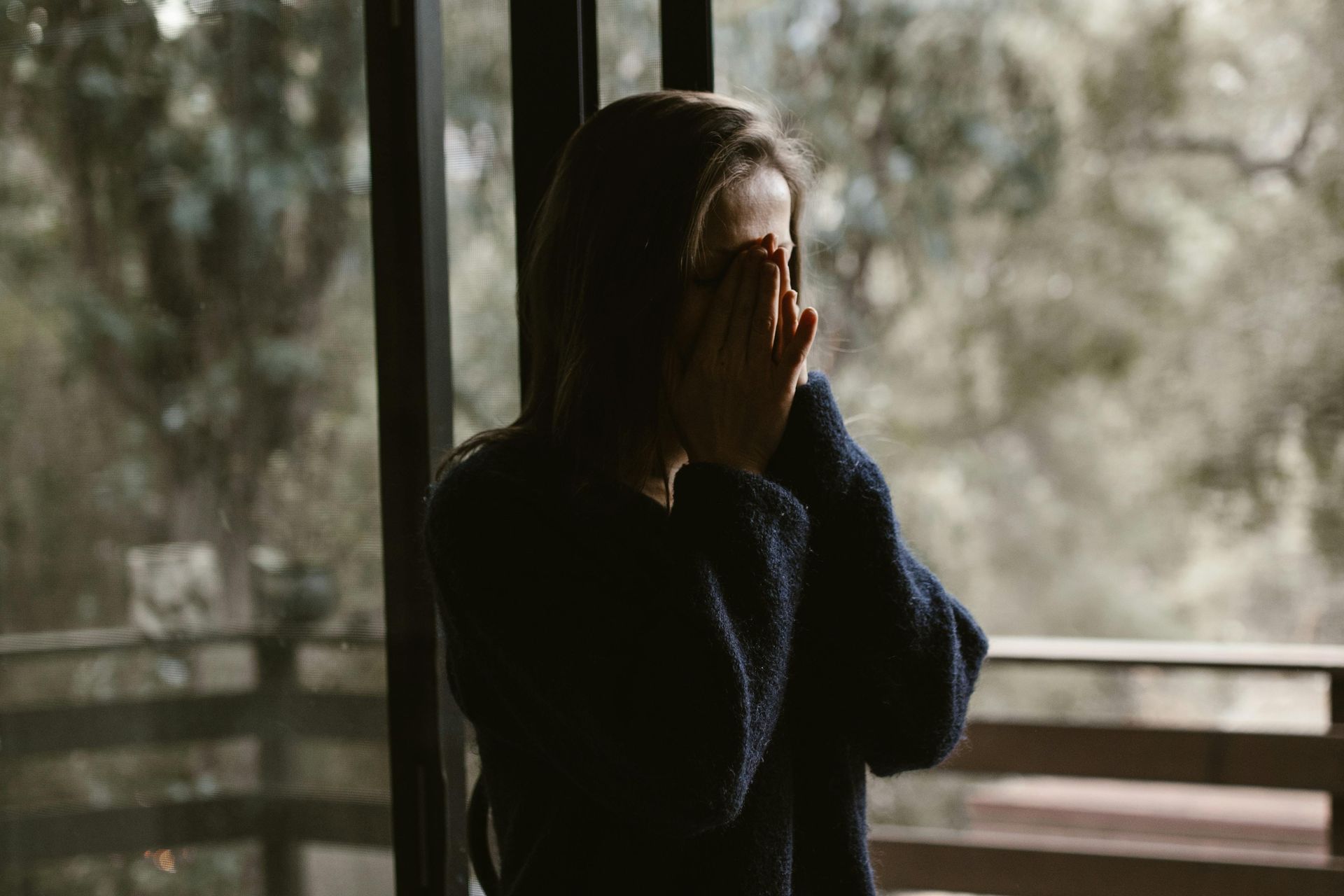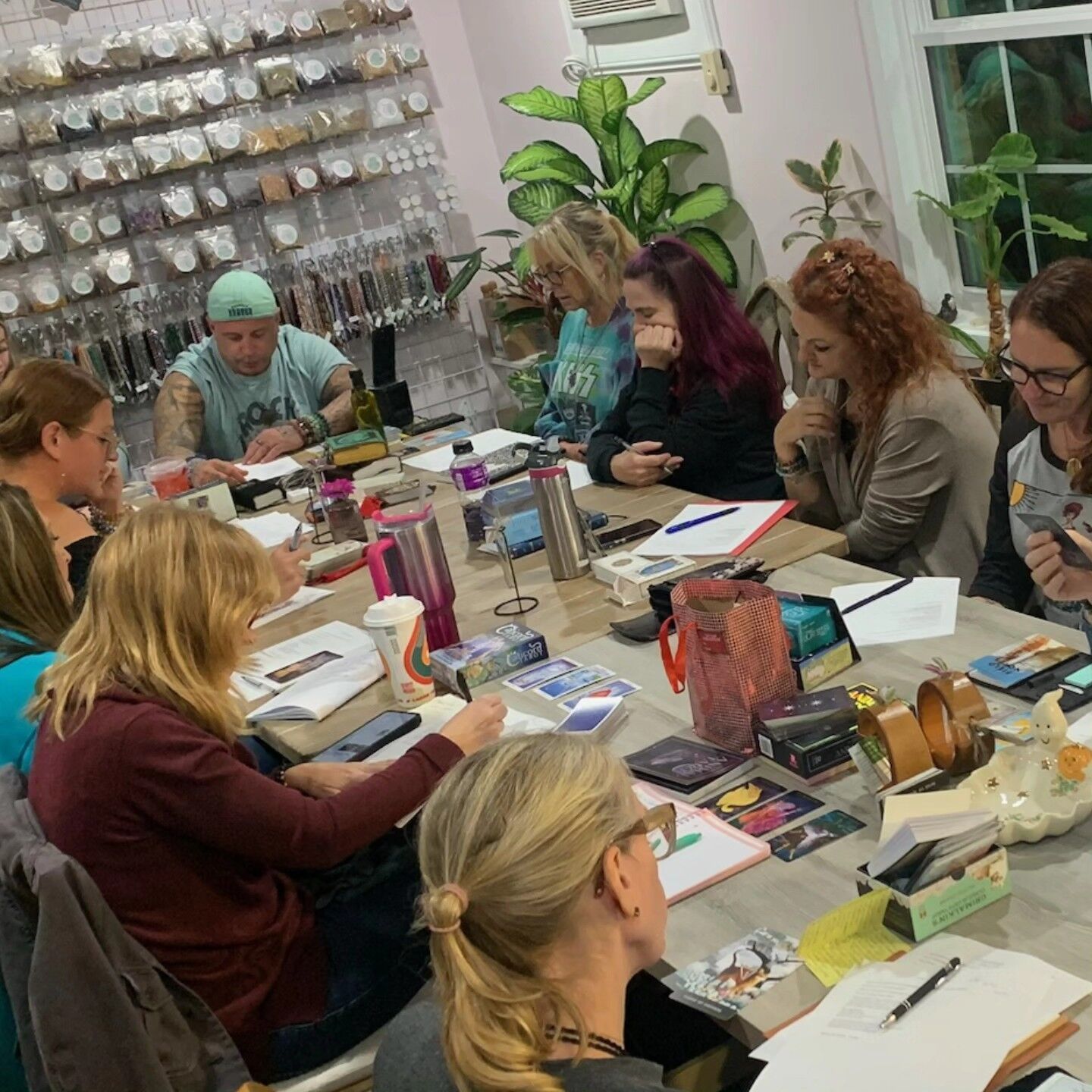Nearly 30 years later, the statistics—and the silence—still haunt us.

The year was 1996 and I was a freshman in college. It was spring semester, and I was taking a journalism class. We were learning ins-and-outs of writing stories on a deadline for newspapers. We were also learning how to conduct research, ask hard questions, and collect quotes for daily newspapers, magazine articles and exposes. Our final for the class was to write a feature article or an expose on a topic we felt was important and timely. We had all semester to research our selected topic, conduct interviews, and collect supporting quotes and stats, and write it based on how we were learning to write regular assignments. For some reason, I chose to write about dating violence. I don’t remember exactly why I chose this subject, but I did. It felt important at the time. It’s still important today.
In 1996 young adults, particularly those between the ages of 18-24, were at a higher risk for dating violence. I learned that about 1 and 5 teenage girls experienced physical or sexual assaults at the hands of a guy they’d dated during high school. I also learned that 1 and 3 college women are raped before they graduated. During much of the 1990s, and the decades prior, victims didn’t file reports of such violence out of fear of more violence or the stigma that was attached to being a victim of such violence. Personally, I understood this at the time, because ironically enough, in 1996 I was already part of these statistics. During my junior year of high school, I had been in an abusive relationship with a guy who was manipulative, emotionally abusive and tried to coerce me into having sex with him on several occasions. After declining him repeatedly, he and a few of his friends, shot out the front picture window of my parent’s house. It was clearly a message for me, and my parents didn’t like it. I remember not wanting my parents to call the police and was reluctant to provide much information to them for the report. I was scared my now ex-boyfriend would try to actually kill or have kids in school know what happened because I said no. It was a very scary time in my adolescent life. While the data on those affected by dating violence was still being compiled in 1996, it’s safe to say that the psychological ramifications ran deep.
In revisiting this topic in 2025 a lot has changed, but a lot has remained the same. Young adults between the ages of 18-24 are still at the highest risk for dating violence. In 2024 statistics indicated that 1 and 4 college women are raped. About 1 and 3 adolescents experiences physical or sexual abuse at the hands of the person she or he is dating before graduating high school. Of those who reported abuse, 50% indicate that there is emotional abuse throughout the course of the relationship in addition to any sexual or physical violence they’ve experienced. Data now shows the psychological consequences of dating violence. Some of the psychological stresses of dating violence include depression, anxiety, suicidal thoughts, post-traumatic stress disorder (PTSD) and substance abuse. These can occur during the dating relationship or after the victim (or abuser) has ended the relationship.
What’s important to note is that dating violence, like domestic violence, is cyclical. The patterns of dating violence and domestic violence mirror each other. The cycles for domestic violence and dating violence are:
1. Tension building
2. An incident which leads to violence
3. Reconciliation
4. Calm
Those who experience violence and abuse during their relationships during adolescence are likely to find themselves in domestically violent marriages or long-term relationships. This cycle becomes a “normal” part of life for them. It’s also very difficult to leave once they’ve had enough.
One chilling statistic that hasn’t changed is this: a woman will leave seven times before she actually leaves or is killed in the process of leaving. It’s scary that after almost 30 years, this is the one statistic that hasn’t changed. Why? Because this is the point in the relationship when the abuser has lost control of the situation and will do anything, including murder, to ensure the victim doesn’t leave the relationship. While this statistic is often correlated to domestically violent relationships, it applies to violent dating relationships as well. With all the awareness and resources available to victims of domestic and dating violence, the one thing that is truly lacking is the support in leaving safely. Many states have implemented safety protocols for women leaving dangerous relationships and have even put laws in place. Sometimes it’s just not enough.
It’s very easy to get into an abusive relationship, but extremely hard to get out of one. If you, or someone you love is experiencing dating violence or is in a dangerous relationship and need help getting out call the Domestic Abuse Hotline: 1-800-799-7233 or text “START” to 88788; or visit helpingsurvivors.org for information on your rights after sexual abuse or a sexual assault.
The Quiet Healer Journal
















